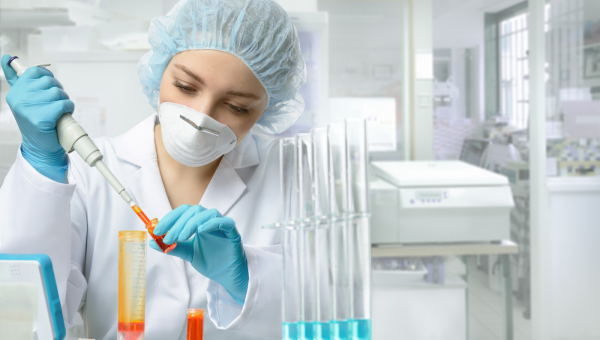How can CRISPR and Gene Therapy Treat Duchenne?
Oct 06, 2022
Cure Rare Disease’s mission is to develop advanced therapeutics to treat individuals with rare and ultra-rare genetic diseases including Duchenne muscular dystrophy (Duchenne).
Steps toward a clinical trial
Cure Rare Disease has developed a framework which includes 5 primary stages of development for a therapeutic. Phase 1 focuses on developing a cell line, which is a culture of cells that are derived from a patient harboring the mutation or disease in question. The cells are obtained through a tissue biopsy. The goal here is to understand exactly what genetic mutation is present and how it is impacting the production of the RNA and protein, which in the case of Duchenne is dystrophin.
In phase 2, the therapeutic is prototyped by selecting the appropriate CRISPR system along with the guide RNA and muscle promoter that will allow for full-length (or near full-length) dystrophin to be produced. The guide RNA tells the therapeutic where to target on the patient’s genome while the promoter allows the therapeutic to express in the targeted tissue type (ie: cardiac muscle). The prototyped therapeutic is tested and optimized in the cell line prior to starting rodent efficacy studies.
Phase 3 shifts testing from in-vitro (in cells) to in-vivo (in life, or, more practically, in rodent models) using rodent models. For CRISPR, the therapeutics are mutation specific and human specific. A common method of conducting these in vivo studies is through mice that are engineered to harbor the specific mutations in question and contain a humanized dystrophin gene (remember: CRISPR therapeutics are generally specific to human mutations). While rodent models offer a helpful perspective, rodent models pose a challenge of using CRISPR for Duchenne since there are many mutations that result in Duchenne and consequently, a model needs to be engineered, generally, for each mutation that is being treated. Animal model generation is a long process that generally takes 2 years or more to complete. Nonetheless, once in-vivo testing is complete and if efficacy is shown, the project proceeds to the preIND stage. This stage is a critical opportunity to get the FDA’s feedback regarding the completed and proposed development plan in an effort to avoid expensive mistakes.






